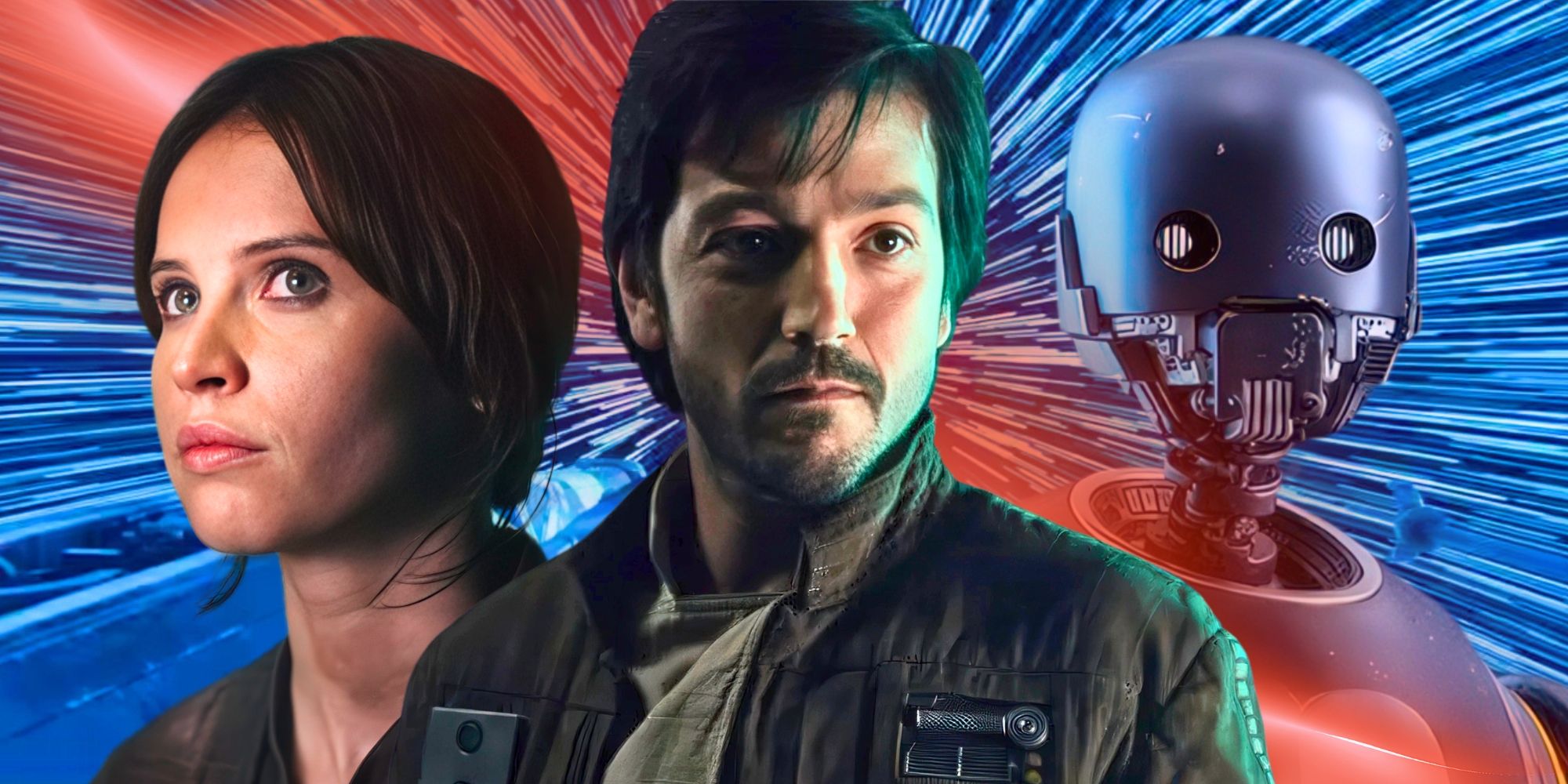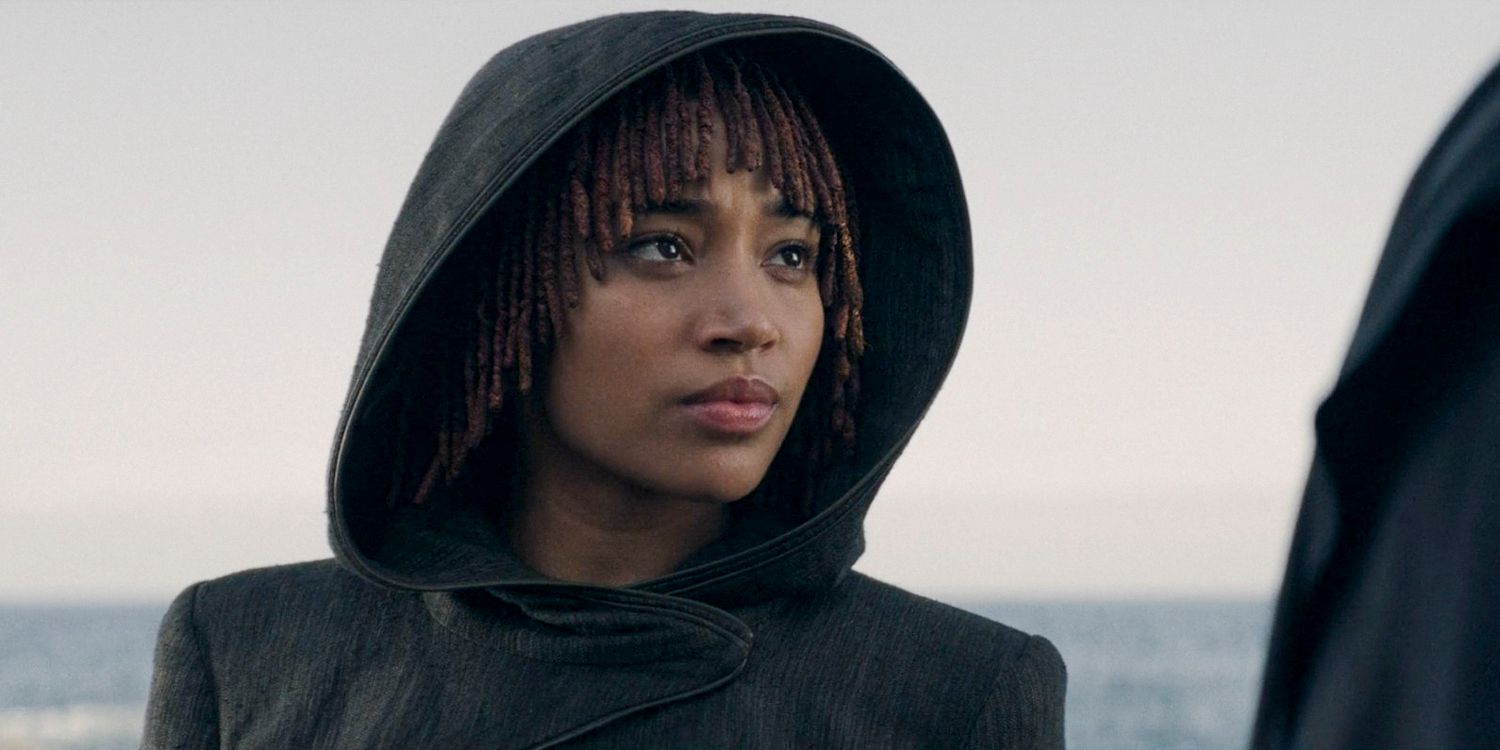From the beginning of the Star Wars saga, the Jedi have been a fundamental part of the setting. Introduced to fans by Obi-Wan Kenobi in A New Hope, they immediately captured the imaginations of viewers. The old mystic offered glimpses of the Jedi's powers in the first movie and Yoda added to their lore in The Empire Strikes Back. Luke Skywalker completed the Jedi's redemption in Return of the Jedi and, since then, more movies and other media have expanded their background and place within the setting. While a crucial part of Star Wars, however, the force-wielders are also one of its most controversial elements.
Star Wars fans, and their community, are quite familiar with debate and conflict about the franchise. Every new entry in the series seems to divide fans and spark new arguments about what's good and what's the worst thing ever. The Jedi are no exception. Fans continue to debate just what the Jedi are, whether they're noble or corrupt, and which movies and shows portray them properly. While this is partly due to the conflicted nature of the fandom, it's also a result of the way the mystic warriors have morphed from one trilogy to the next.
The original Star Wars trilogy was arguably the most rooted in classic fantasy tropes, with unambiguous lines between good and evil. It's not surprising, then, that it presented the Jedi as idealistic and noble. When Ob-Wan speaks of them, he's visibly wistful about their past and proud of what they once were. He calls them "guardians of peace and justice," and connects their destruction directly to the fall of the Republic. In describing how Luke's uncle viewed him and the Jedi, he talks about leading Anakin Skywalker on an "idealistic crusade." All of this paints a picture of the Jedi that resembles the knights of Arthurian legend.
Like the legendary Knights of the Round Table, the Jedi in the original trilogy are presented as noble and selfless warriors who traveled from place to place, helped those in need, went on heroic quests, protected the innocent, and defended a benevolent government that served the cause of justice. While George Lucas drew on many different inspirations for the Jedi, with samurai movies also heavily influencing their style, it's clear that the stories of Camelot were central to their development. They plainly bear the title of "knights" for a reason. This image was expanded on through the following two films of the trilogy.
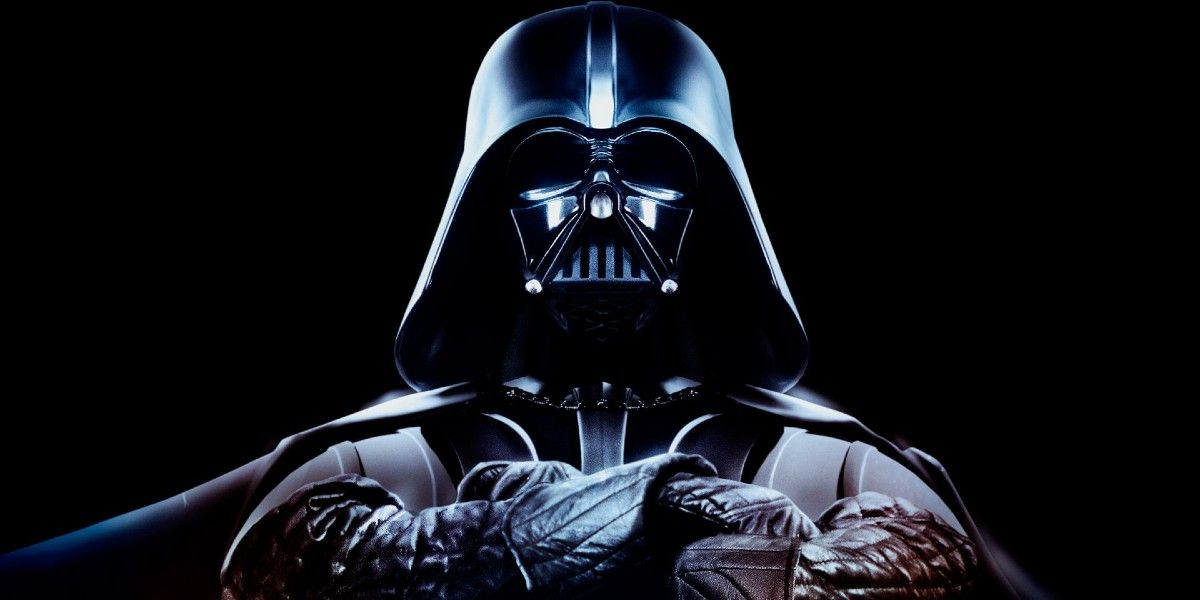
Related
Star Wars: What if Darth Vader Died During the Battle of Yavin?
The Millennium Falcon nearly shot down Darth Vader's TIE fighter in A New Hope, which would have massively changed the Star Wars franchise.
Yoda's appearance in The Empire Strikes Back was specifically designed to build on the idea that the Jedi were inherently good and just. When Luke goes to Dagobah looking for "a great warrior," the unassuming master teaches him that the force is only meant to be used for defense and to help others. The way of Jedi is the way of peace and "wars not make one great." While initially reluctant to train Luke, Yoda ultimately comes to see him as one of the last hopes for the Jedi and for the galaxy. It's obvious that the old hermit longs to see the Order return and save the Republic.
The very title of Episode 6 presents this return as a triumphant event. Luke's redemption of his father and the defeat of the Emperor marks a new era for the galaxy. Further, it's implied to mean that the Jedi themselves will be reconstituted and once again serve the cause of truth and justice. For those fans who grew up with the original trilogy or simply loved these movies best, the Jedi are the epitome of heroes. This changed, however, with the prequels.
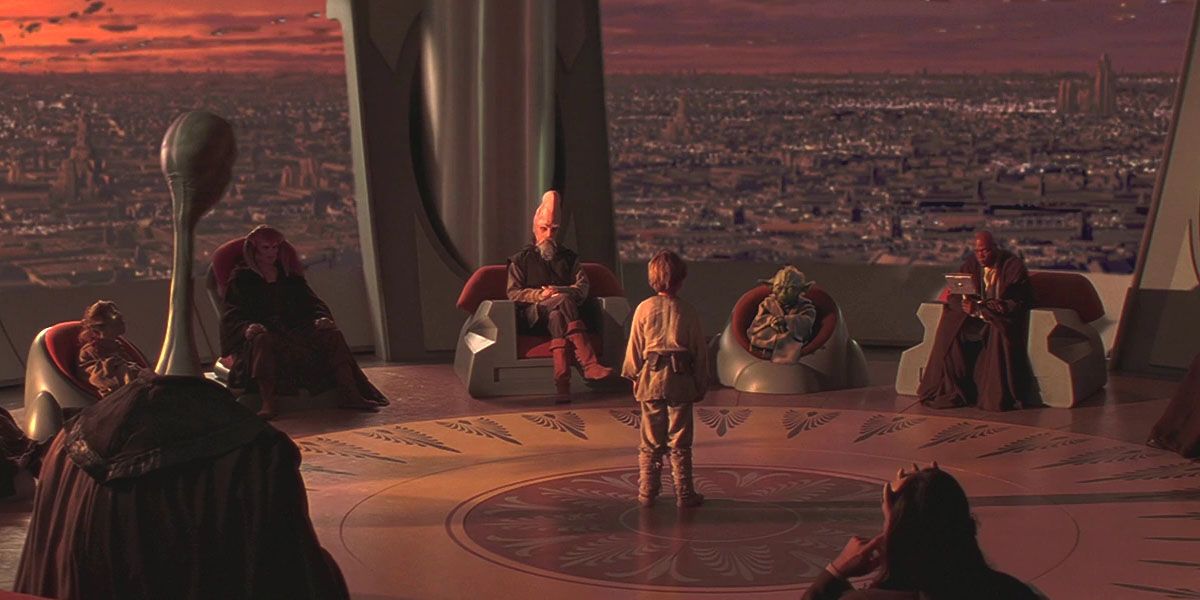
For the prequels, George Lucas seemed interested in exploring the politics and society of his world in more detail and took a more realistic approach to the story. Where the original trilogy was mostly fantastical, featuring princesses, wizards, and an evil emperor, the prequels were more concerned with taxes, trade, legislative procedures, and bureaucracy. In shifting the tone and focus, the Jedi saw significant changes in how they were portrayed.
The Jedi Order was now a highly organized and hierarchical organization, complete with titles, ranks, and chains of command. It had a centralized governing body based on the capital planet of the Republic, and it was deeply intertwined with its government. The Phantom Menace opens by showing two Jedi acting as ambassadors on behalf of the Chancellor, and they meet regularly with senators and other representatives of the government. In addition to being more directly involved in politics and government, the Jedi Order was also shown to be less noble and capable than Obi-Wan made it seem in A New Hope.
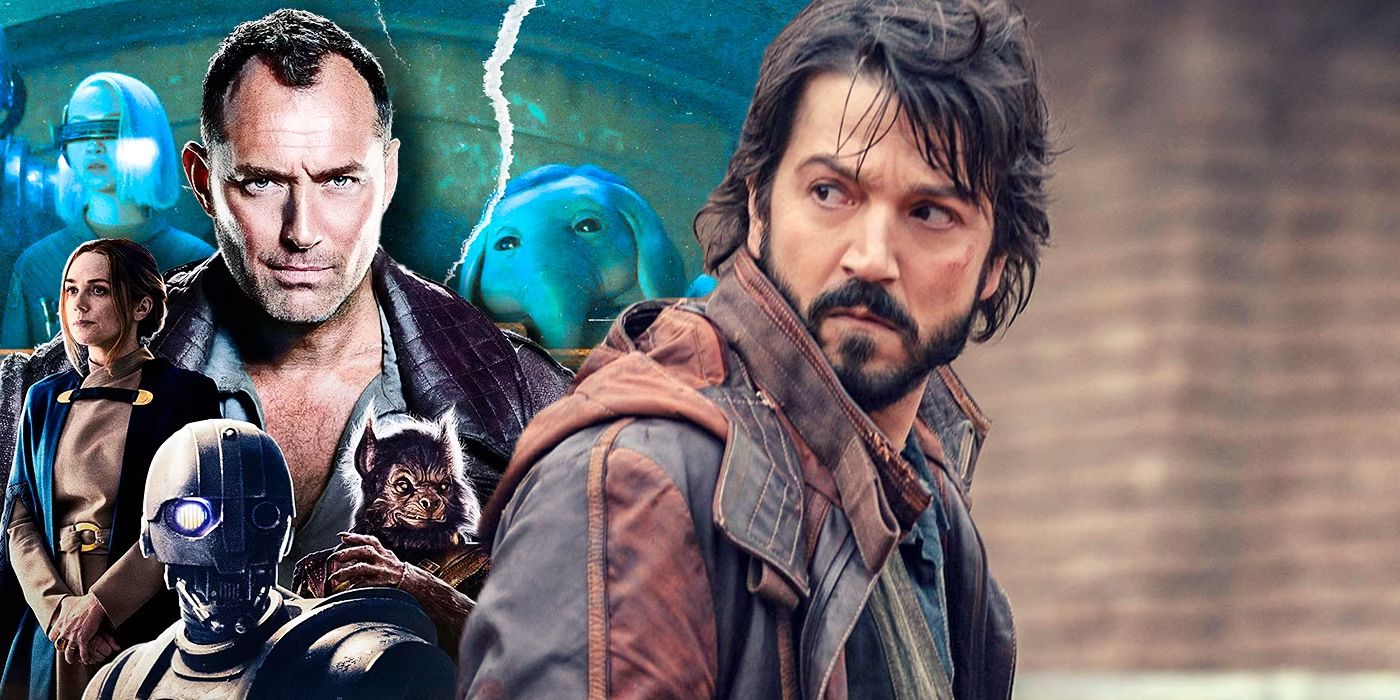
Related
Star Wars Proved It Can Shake Fan Expectations, But Can It Sustain Its Future?
Instead of renewed focus on films, Disney should continue to experiment with series like Andor or Skeleton Crew, and diversify what Star Wars can be.
Throughout the prequels, the Jedi show themselves concerned not just with protecting the Republic and defending peace and justice, but with preserving their own place in the system. They regularly become embroiled in various disputes and scandals, and prove very quick to take the lead in fighting a war against separatists. The Jedi Council even sends one of their own to spy on the Chancellor. While it turns out that Palpatine is, indeed, evil, and sending Anakin to watch him backfires spectacularly, the act itself still showed the Order willing to be underhanded in its dealings with the Republic.
The Jedi Order also shows itself less capable than it was implied to be in the original trilogy. Even their greatest leaders, including Yoda and Mace Windu, fail to see the growing corruption all around them and the rise of a Sith Lord in their midst. Palpatine easily tricks them with his powers and misdirects them with a war of his own making until it's too late for them to oppose him. In the end, the Jedi show themselves to be too concerned with political matters and their own status and less than up to the task of actually defending the Republic. While the Jedi Order still includes great heroes and holds noble ideals, they prove themselves to be flawed and fallible in far more realistic ways.
Interestingly, the two competing views of the Jedi mirror the real-world evolution of medieval knights and their image. In modern times, European knights are often depicted as heroic in the Arthurian tradition. In actuality, however, they were merely professional soldiers, selling their services to nobles who used them to maintain their power and status in an oppressive, feudal society. Real knights went from being political agents and servants of a corrupt system to being portrayed as noble idealists. In the same way, the Jedi morph from the prequels to the original Star Wars trilogy.
This change has created a rift in the fandom and made it almost impossible for future works to portray Jedi in a way that will satisfy everyone. Fans of the original trilogy are often frustrated by seeing Jedi behave immorally or incompetently, while fans of the prequels tend to want stories that acknowledge the past mistakes of the Order. Subsequent Star Wars shows and movies have had to choose between these two paths or walk a fine line between them.
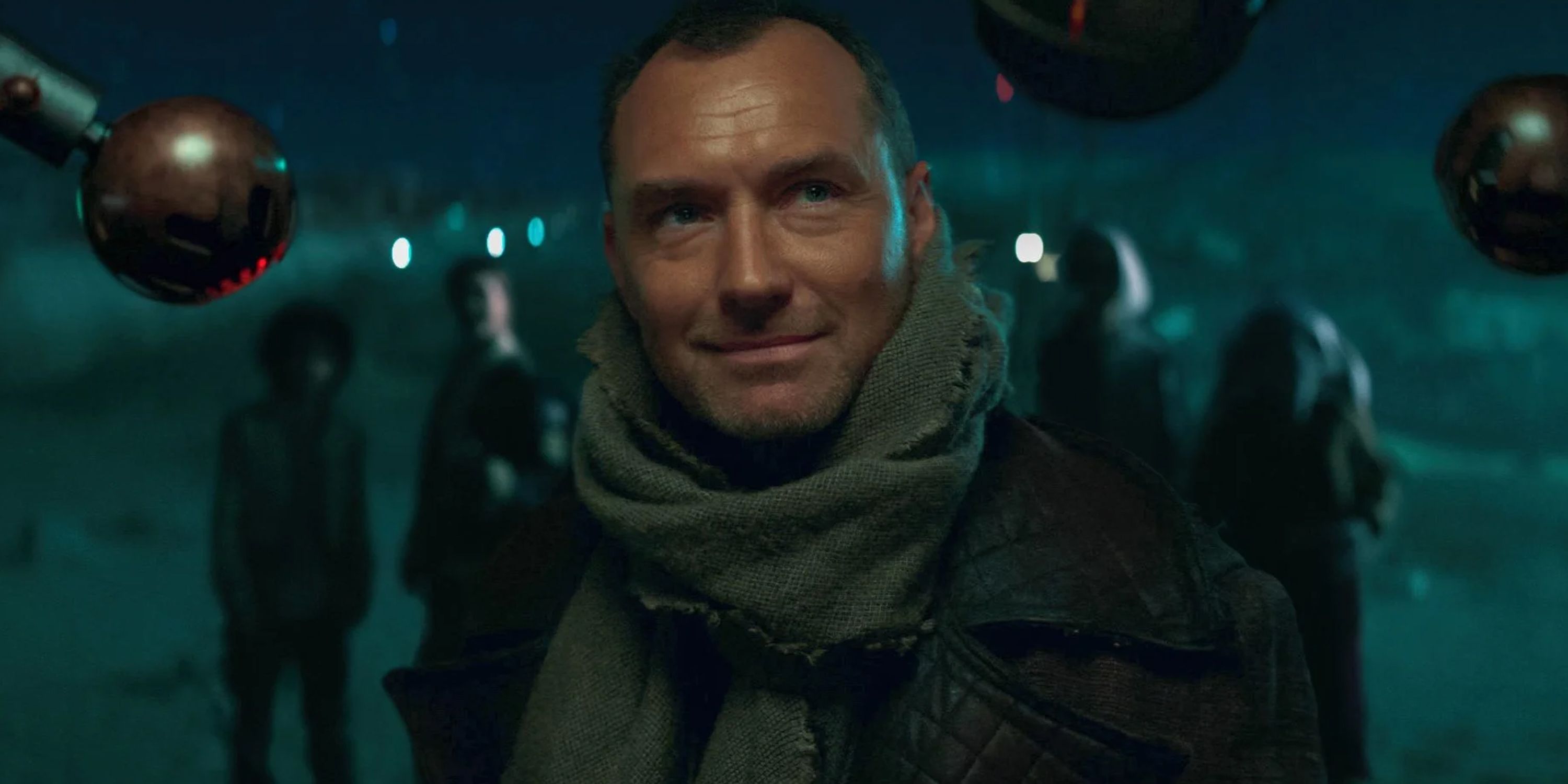
Related
A Skeleton Crew Theory Reveals Jod's Tragic History With the Jedi
Many have wondered if Skeleton Crew's Jod Na Nawood is another Order 66 survivor, but the Force user may have a different relationship with the Jedi.
Star Wars: The Force Awakens tended towards the noble Jedi approach and, while it pleased many fans, others found it lacking originality. Conversely, The Last Jedi directly questioned whether the Jedi had ever been a positive force in the galaxy, dividing fans about its message. Since then, shows like The Acolyte have also waded into this ongoing conflict and spurred further argument among viewers about how the Jedi should be depicted and what the Order truly is. While these debates sometimes touch on the overall quality of the story or its writing, they're often rooted, whether fans recognize it or not, in a more fundamental issue that arose with the prequel trilogy.
Star Wars has certainly evolved over time as more and more writers and directors have contributed to the saga and more fans have joined the community. The Jedi and their lore are no exception. Being such an important part of the franchise, however, they tend to draw more attention than other elements. It's unlikely this conflict will be resolved any time soon and more stories about the mystic warriors will continue to divide audiences. It's up to every fan to decide what the Jedi mean to them.
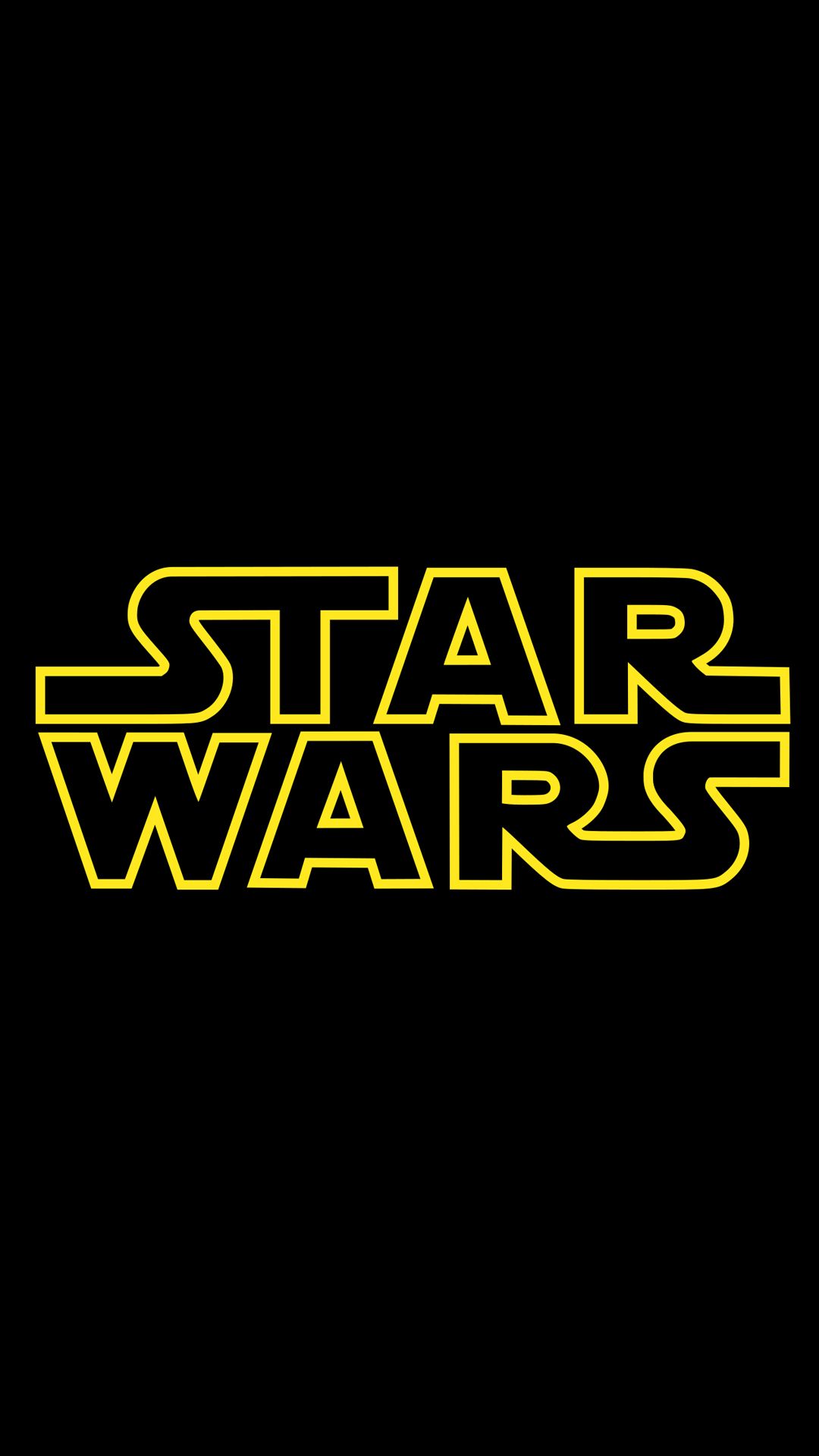




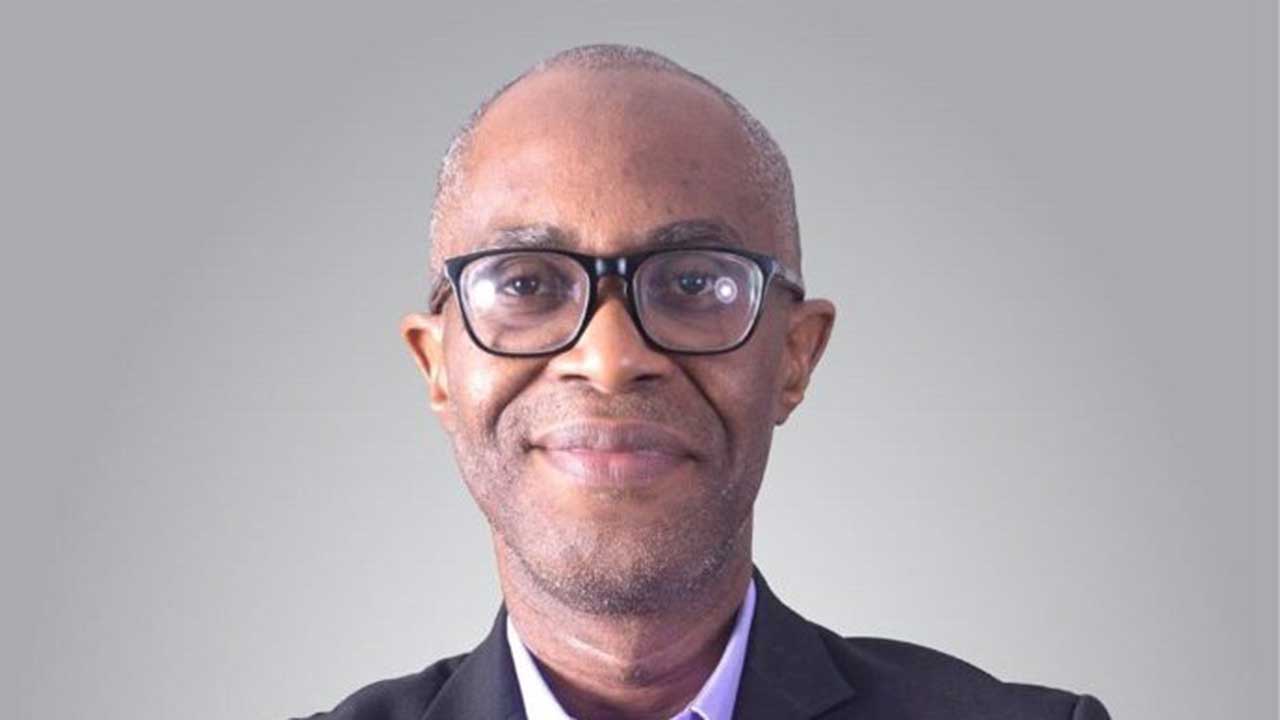


:max_bytes(150000):strip_icc()/Doctor-Strange_Multiverse-of-Madness_6-f1d2e454cc3441e4b3866ce240de4853.jpg)
